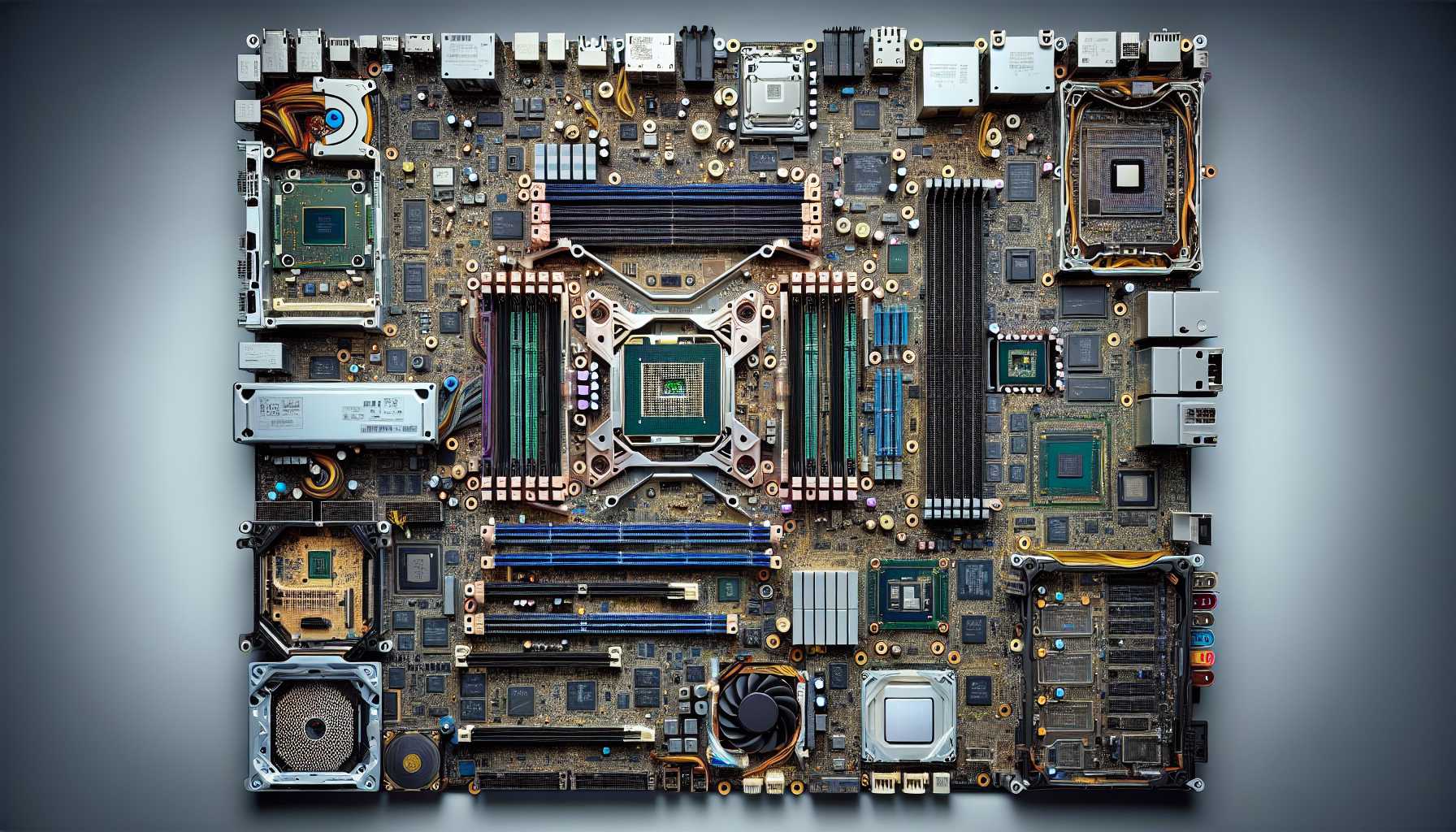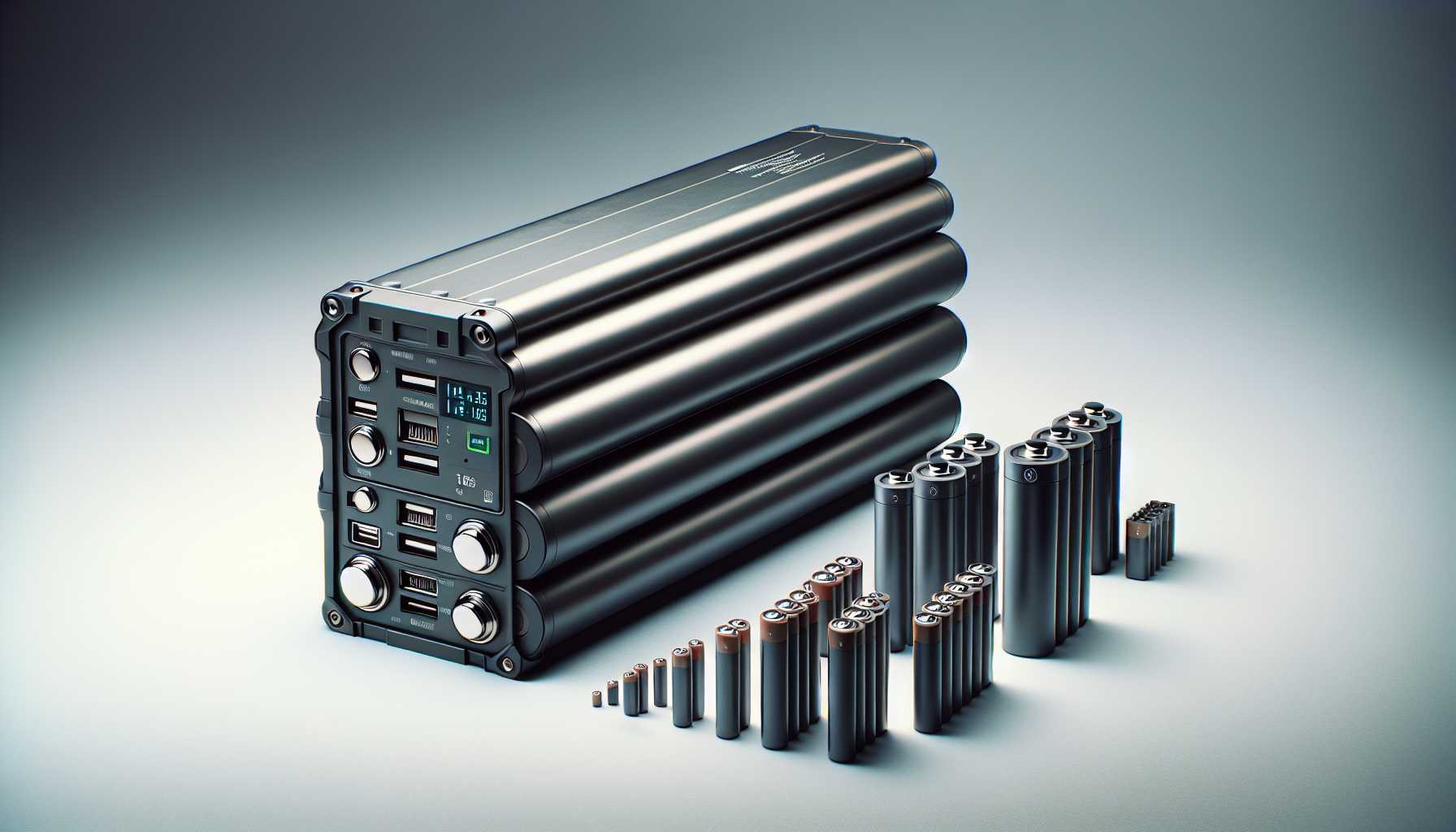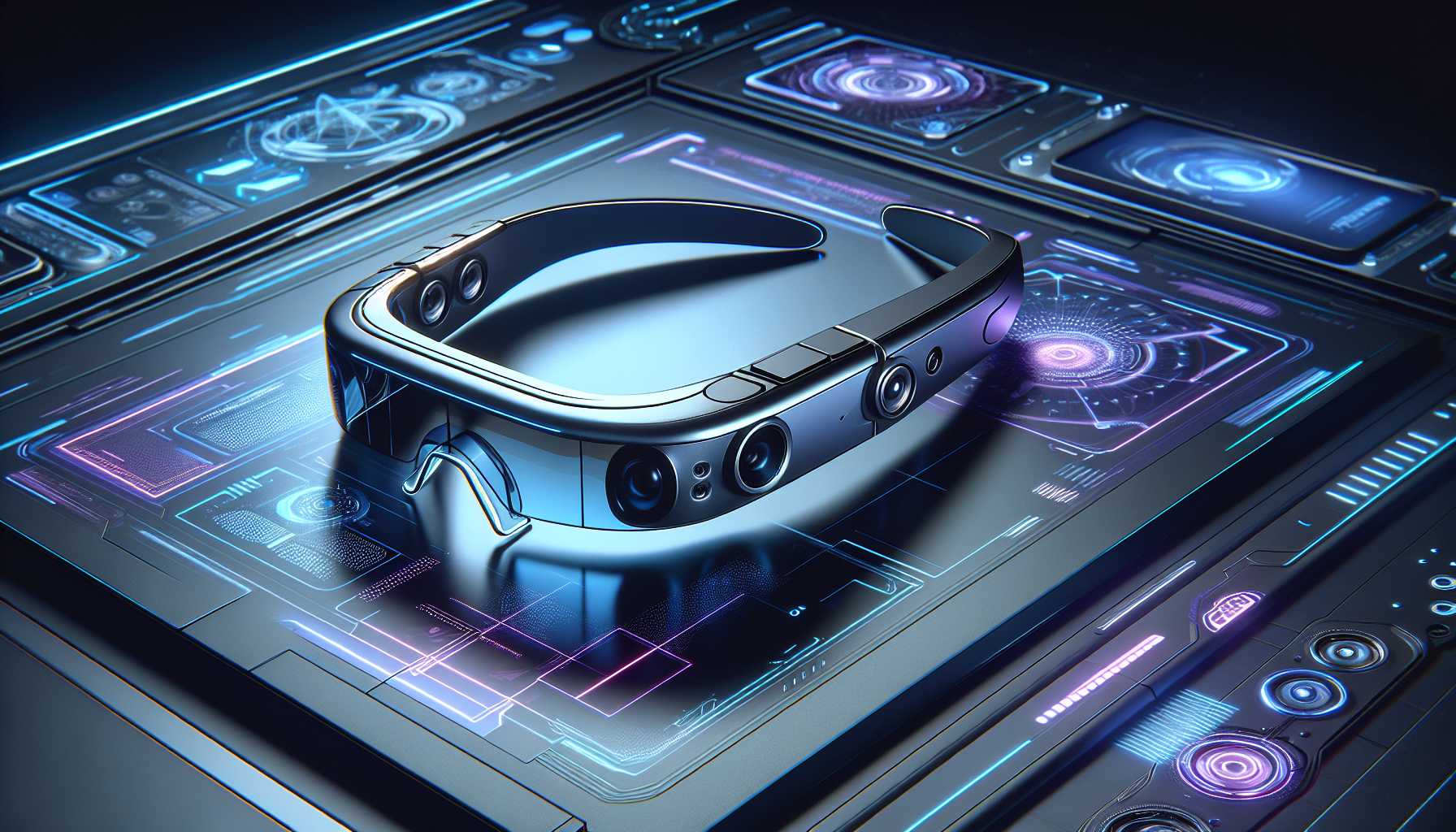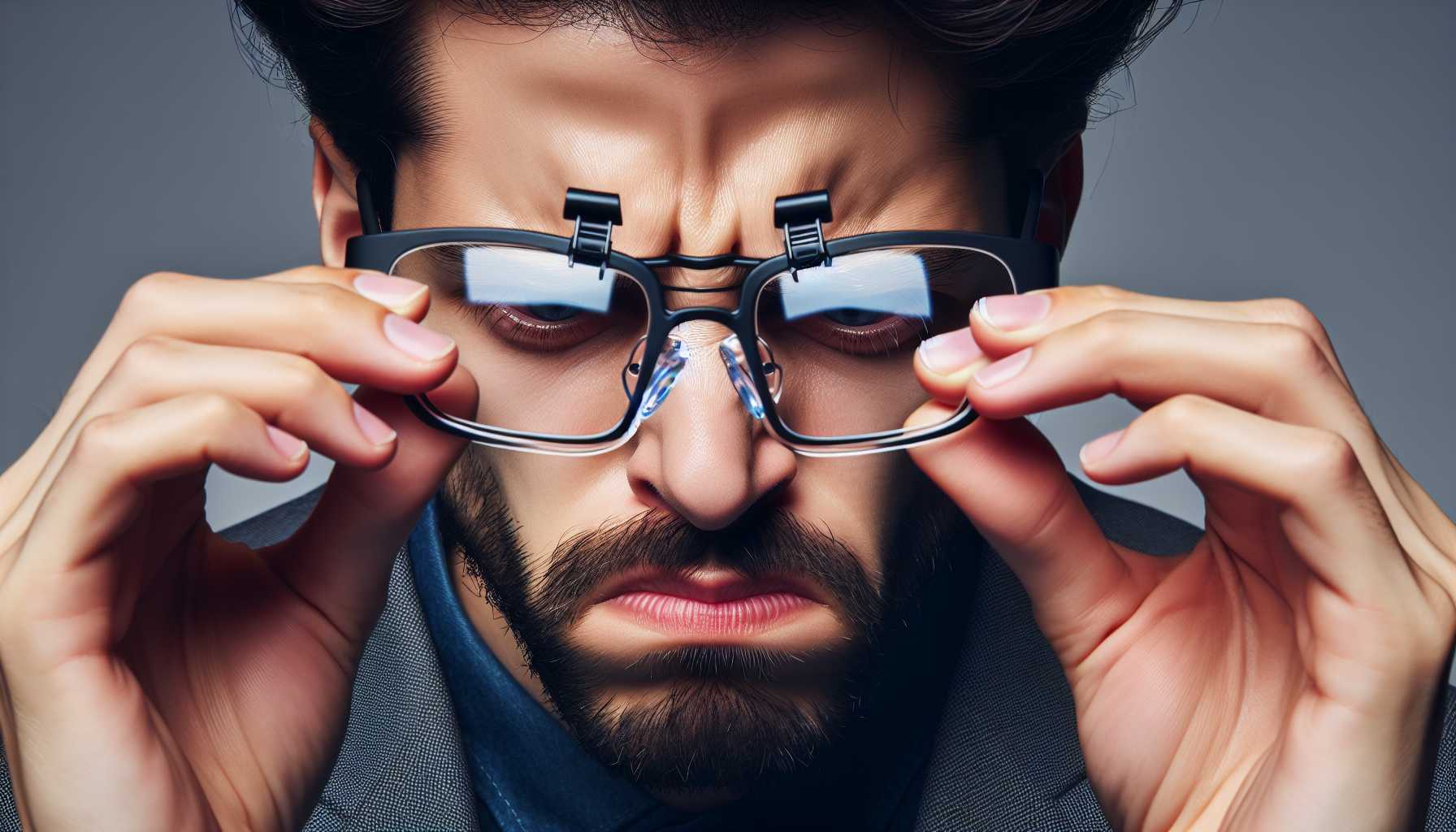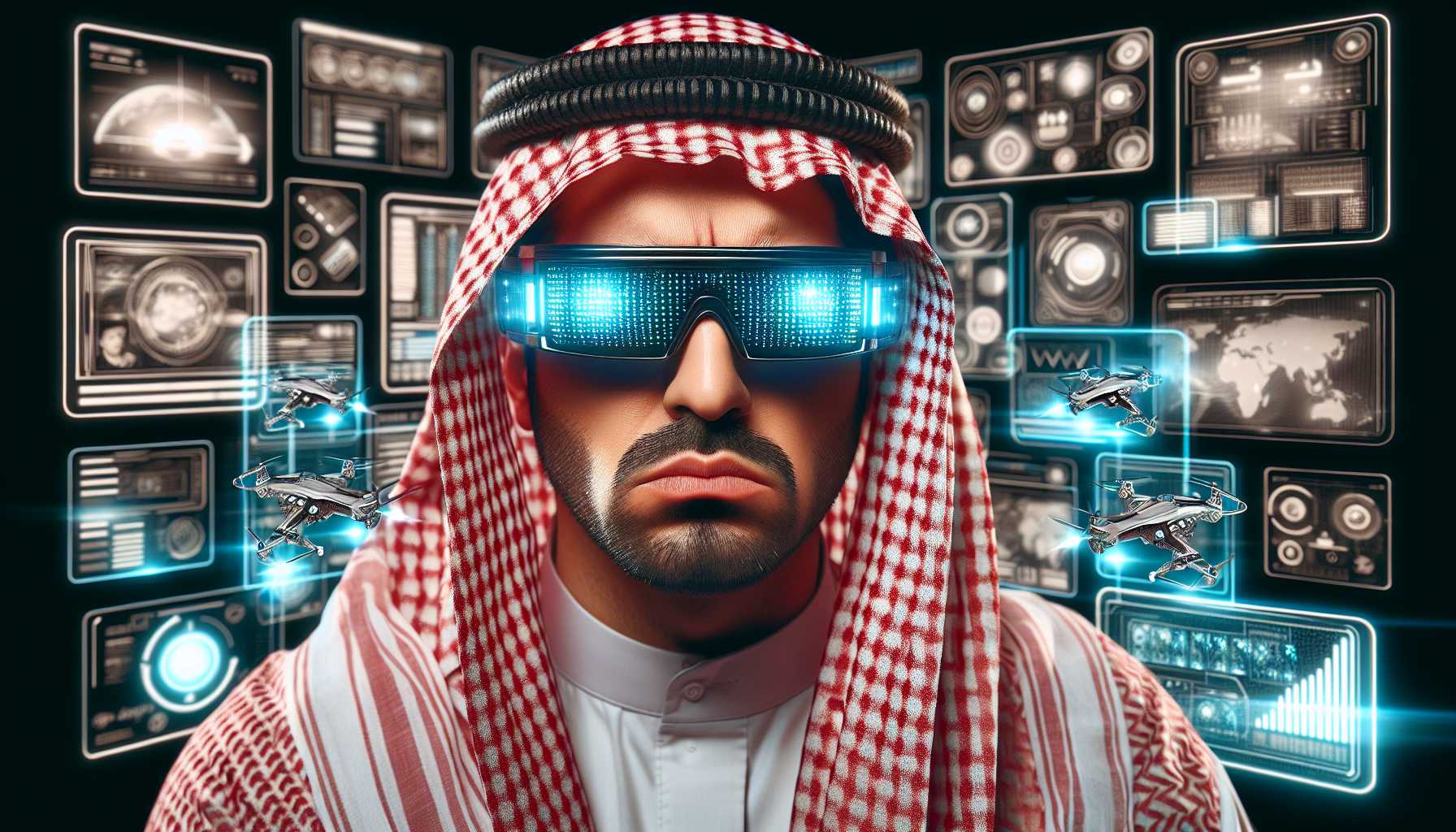The tech landscape is constantly evolving, pushing the boundaries of what we believe our devices are capable of. In this exciting journey of innovation, Extended Reality (XR) has become the newest frontier, with gadgets like the newly minted Apple Vision Pro and TCL RayNeo Air 2 vying for the spotlight. Let’s dissect these newcomers and see whether they’re mere flashes in the technological pan or harbingers of a new era in personal computing.
The Marvel of Engineering: Inside Apple Vision Pro
The Apple Vision Pro isn’t just another high-priced novelty; it’s a treasure trove of leading-edge technology boxed into a sleek wearable format. But what makes this piece particularly noteworthy? A recent teardown by the mavens at iFixit has shone a light on the intricacies threaded within its circuitry, revealing a panorama of innovation that is nothing short of remarkable.
Firstly, the Vision Pro’s construction is nothing like the tech of yesteryear – this is not your grandfather’s walkman that could be tinkered with in an afternoon. Attempting to breach its complex interior can lead to a tragic demise for the costly device, a clear message that this level of tech is not designed for the casual hobbyist’s touch.
Beneath the surface of the Vision Pro is an arsenal of bells and whistles. Imagine a powerhouse of cameras, sensors, and internal stereo OLED displays complemented by the avant-garde external EyeSight display. Combine that with unique connectors, precision-cut light seals, face cushions, lens inserts, and headbands, and you’ve got a device that reads like a tech enthusiast’s fantasy.
Yet, the impressiveness comes with its set of drawbacks. The much-touted EyeSight display, which replicates the wearer’s eyes for the external audience, came under fire for adding bulk and complexity where perhaps none was needed. The Apple Vision Pro is embarking on an ambitious journey, yes, but it’s far from perfect.
The Power Pack Puzzle
Another twist in the Apple Vision Pro’s tale reveals itself through the external battery pack. It brandishes the weight of three iPhone-sized batteries wearing an inexplicable heavy armor of its own. This rather ‘weighty’ matter raises eyebrows and questions alike. Why indeed does a battery pack need to pack on additional poundage? Could it be a cover for architectural secrets or a mere misstep in design? The Apple Vision Pro teeters on the edge of ingenuity and over-engineering.
Futurism or Fad? TCL’s RayNeo Air 2 Glasses
On a path parallel to Apple’s ingenuity, TCL ventures into the XR arena with the RayNeo Air 2 glasses, sporting a design reminiscent of a sci-fi flick. With 1080p Sony Micro OLED displays and an illusion of a massive screen floating before your eyes, the RayNeo Air 2 seems to promise an unparalleled personal cinema experience – but does it deliver?
Take them out of the box, and you’ll find a facade that screams high-tech, though perhaps errs on the side of gimmicky. What feels like a step back is the plasticky build and a framework that puts aesthetics in the backseat, opting for a prosaic functionality instead. Even the pouch it comes nestled in – a cloth bag – whispers ‘afterthought’ rather than ‘premium’.
The User Experience: A Mixed Bag of Pros and Cons
When pitted against the test of practical use, the RayNeo Air 2 glasses provide a mixed experience. Their USP—from a remarkable 120Hz refresh rate to an eye-popping screen-sized claim—becomes a dubious accolade with issues like screen distortion and a less-than-perfect fit casting a long shadow over the touted brightness and refresh rate. It’s a sobering twist to an otherwise impressive spec sheet.
Moreover, the glasses’ speakers deliver subpar audio fidelity, with issues at higher volumes tarnishing the immersive experience. The RayNeo Air 2’s struggle to balance form with functionality emerges as a stumbling block in its race to XR supremacy.
Not Quite the Vision of Tomorrow
While the TCL RayNeo Air 2 glasses flaunt novelty specs, and the Apple Vision Pro showcases innovation at full throttle, they both hint at a deeper quandary within the tech industry. In their pursuit of cutting-edge specs, have designers overlooked the importance of accessibility and real-world practicality?
The RayNeo Air 2 glasses prove that pioneering specifications do not guarantee a superior product. They introduce impressive features, yet their performance is mired by a litany of cons. Similarly, the Vision Pro is a tech enthusiast’s dream with its complex design and advanced features, but complexity does not necessarily equate to a better user experience.
In the end, the Apple Vision Pro stands out as a beacon on the XR landscape—a testament to Apple’s commitment to pushing boundaries—while the RayNeo Air 2 glasses fade somewhat, overshadowed by their shortcomings. As technology marches on, one hopes for a future where extended reality devices can merge trailblazing innovation with practical design, to truly capture the hearts and minds of consumers worldwide.

